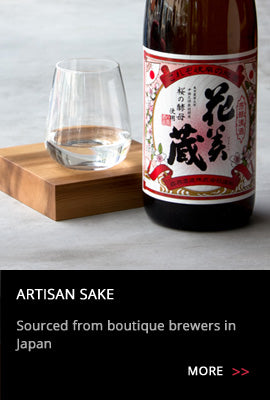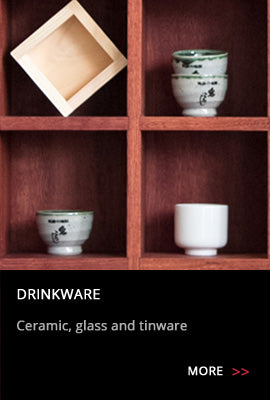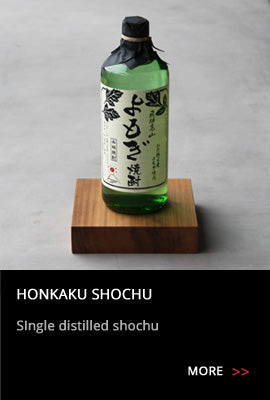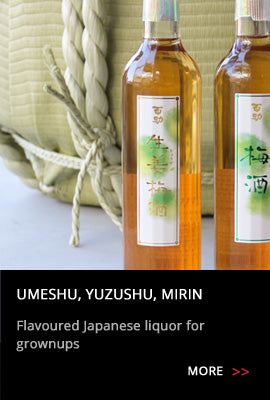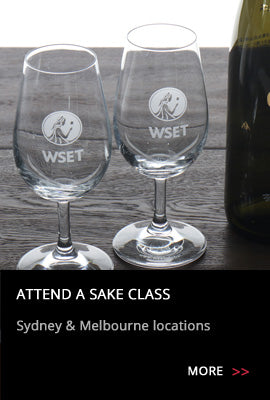For the time poor here’s the quick run down on how to enjoy sake:
- Sake is often best served chilled especially ginjo and daiginjo.
- For aromatic sake, wine glasses with shorter diameter at the lip will capture more of the aromas than standard sake tumblers, although we find Ochoko made from fine porcelain present a wide variety of sake in a very positive manner.
- If you are drinking broader, richer style sake try a traditional ceramic cup or tinware.
- If sake is too cold the flavours and aromas will be muted.
- If sake is served at warm temperatures the sake will taste smoother and the alcohol will be more prevalent.
There are a few things to keep in mind when drinking sake:
- Sake temperature
- Sake drinkware
- With or without food
- How long does sake last
- How to drink
- Session sake or sipping sake?
Sake temperature
The tasting notes on our website are all based on the recommended drinking temperatures set by our brewers. Like beer and wine, sake tastes different at different temperatures.
The Sweetspot
There’s a sweet spot for every sake and we’ve noted the brewer’s tastiest temperature recommendations on the Specs tab of each sake. We’ve also noted a broad temperature range recommended by the brewer.
Best bet is to take the sake out of the fridge (approx. 5C) and experience how the sake changes over time. For the sake otaku, if you have an infra-red thermometer you can pinpoint the temperature that you really enjoy.
Sake Drinkware
For the most part you can drink sake from any vessel but some styles do taste better in particular drinkware.
For more aromatic sake:
Drink with a wine glass, ideally one with a small diameter and thin lip. A Riesling, chardonnay or an ISO tasting glass is a good choice.
For less aromatic sake:
Small cups - guinomi - of tinware and ceramics are fantastic authentic way to drink sake. Small cups are not sized for you to take shots but rather for the social exchange of topping up each other’s cups often. Called “oshaku” in Japan.
A lot of modern bars and restaurants serve their sake from pure tinware. Have a look at our drinkware range.
The reason for the small size cups is more a social one. In Japan you never pour for yourself. Your friends will pour for you so the small cups aid in a social exchange of goodwill.
Tokkuri are sake jugs - used for the storage of sake, as a decanter and also as a vessel to warm the sake.
With or without food
Without a doubt food affects the flavour of sake and sake affects the flavour of food, but to a lesser extent than wine. Drinking culture in Japan dictates that 90% of the time alcohol is consumed with food.
The tasting notes on our site are all based on drinking sake without food at brewer recommended temperatures so don't be surprised if your tasting experience is a little different when you add a few pringles into the mix.
Delicate sake are often best drunk on their own as aperitifs but there are many sake that are very compatible with food.
How to drink
If you’re up for a long night of sake drinking intersperse with the odd beer. Beer is a great palate cleanser. Of course we recommend you drink responsibly and be in bed before 12 on a school night.

